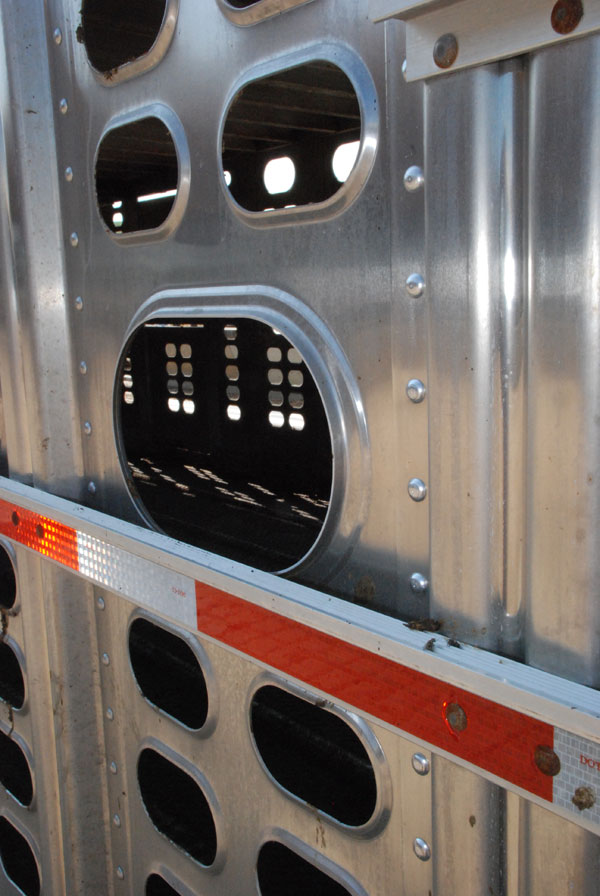February 12, 2015

Any cattle producer who sold cattle in December or January is certainly a little disgruntled by the futures market. The strength in the cash market and the historically high basis between the nearby month and the back end of the board seems to be almost nonsensical.
Of course, the frustration is understandable, but very few people see the futures market as a viable price discovery tool; rather it is a means of transferring risk. The legitimate concern centers around liquidity.
This may be just a momentary blip, but the levels of open interest do raise questions about liquidity. The “big money” funds have played a big role in the commodity pit for quite some time, and right now, they have walked away from the commodity pits.
Cattlemen have a tendency to cuss the speculators, but they provide much-needed liquidity to the markets. Cattle feeders are the natural shorts to the fed market and the packers are the natural longs, but history tells us that goes against the basic mindset of both groups. Forward contracting and other means are now commonplace for different segments of the business as a way to defer or shift risk, all of which is pointing out the flaw in today’s futures markets, which is that they need significant speculators to keep the markets fluid.
The debate about the futures seems to be whether or not the decline in open interest numbers is a blip or part of a long-term trend. When the cash is $13 premium to the February board, and the market is being called higher in the early week calls, there is some serious convergence that needs to happen. Yet, even that isn’t bringing in new longs.
As I’ve mentioned previously, the cash had to lead the entire market the last 18 months as prices moved higher, and it was the futures that led the cash lower throughout the crash of late 2014-15. In the end, the market does a pretty good job of finding equilibrium, even if the futures market and cash markets are reluctant to come together.
The bears have taken care of Chicago, despite bullish fundamentals on the front end and predictions for equally tight supplies. Pork and poultry supplies are expected to be larger the second half of the year and the labor dispute consuming the West Coast ports has become seriously problematic for both exports and the hide and offal values. I’m being told that the work slowdown has gotten progressively worse to the point that only about 20% of the product is being moved as normally would be.
Admittedly, I tend to be circumspect of organized labor demands, but this issue has gotten to the point where it is costing our industry millions of dollars every day. I understand that the political climate is such that we aren’t likely to see intervention, but it’s absurd that entire industries are allowed to be held hostage in a labor dispute.
I understand that people will use what leverage they have in a negotiation. However, this stalemate is harming a whole lot of people and businesses; it needs to get resolved sooner rather than later.
The opinions of Troy Marshall are not necessarily those of beefmagazine.com and the Penton Agriculture Group.
You might also like:
7 U.S. cattle operations honored for stewardship efforts
Prevention and treatment of cow prolapse
How Schiefelbein Farms made room on the ranch for nine sons
Meet the largest bull seller in the U.S.
8 tips for being a better ranch manager in 2015
9 ranch management concepts to improve your ranch
Photo highlights from the 2015 Cattle Industry Convention in San Antonio, Texas
About the Author(s)
You May Also Like



